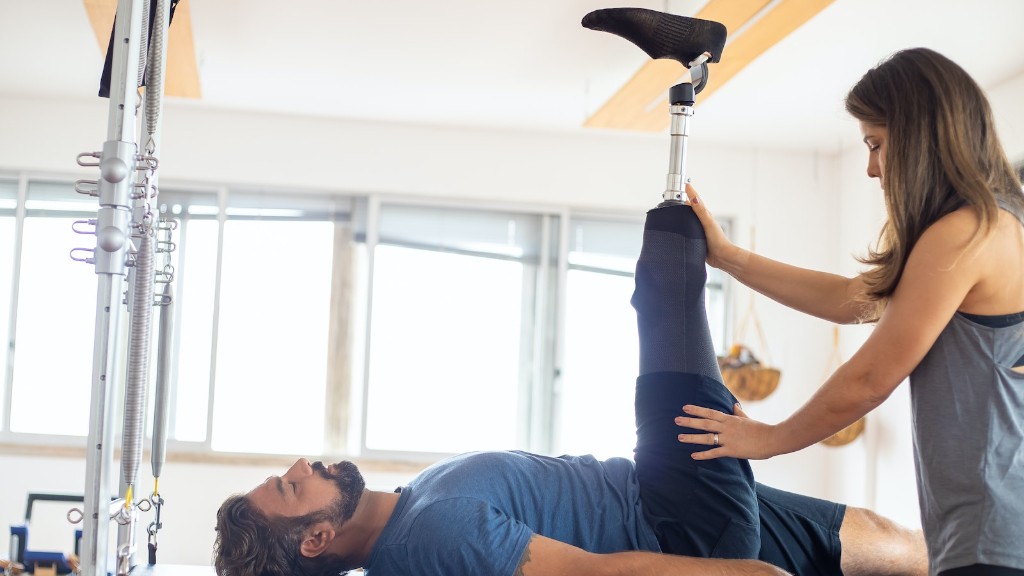How to Wash Dolphin Prosthetic
The field of prosthetics has made significant strides in recent years, not only for human patients but also for marine animals like dolphins. Dolphin prosthetics enable injured or disabled dolphins to regain their ability to swim and interact with their environment. However, with this breakthrough technology comes the responsibility of proper maintenance to ensure the longevity and functionality of these prosthetics. In this article, we explore the process of washing dolphin prosthetics and the implications it carries.
The Importance of Proper Care
Dolphin prosthetics are typically made of high-quality materials such as silicone and carbon fiber, which require special care to maintain their integrity. Cleaning these prosthetics regularly not only removes dirt, algae, and bacteria but also prevents potential infections that could affect the well-being of the dolphins. Additionally, a clean prosthetic can minimize friction and discomfort for the animal, ensuring a better quality of life.
The Washing Process
When it comes to washing dolphin prosthetics, a gentle and systematic approach is essential. Here are some steps to consider:
- Rinse: Begin by rinsing the prosthetic with clean water. This preliminary step helps remove loose particles and debris from the surface.
- Non-abrasive Cleaning: Use a mild, non-abrasive soap or detergent to clean the prosthetic. Avoid harsh chemicals or scrubbing tools that may damage the surface or affect the prosthetic’s functionality. Always refer to the manufacturer’s guidelines for specific cleaning recommendations.
- Thorough Rinse: After cleaning, thoroughly rinse the prosthetic with clean water to remove any residue from the soap or detergent. Residual soap can be harmful if ingested or come into contact with the dolphin’s skin.
- Drying: Allow the prosthetic to air dry in a clean and well-ventilated area. Ensure that it is completely dry before reattaching it to the dolphin to prevent the growth of mold or bacteria.
Challenges and Potential Solutions
While washing dolphin prosthetics seems straightforward, there are several challenges that need to be addressed. One major hurdle is the complexity of prosthetic design, which may consist of intricate shapes and delicate components. Cleaning such structures thoroughly can be time-consuming and require specialized tools. Furthermore, the frequent removal and reattachment of the prosthetic can cause wear and tear, potentially compromising its functionality.
One potential solution is the development of self-cleaning materials specifically designed for dolphin prosthetics. Research in the field of bio-inspired materials has shown promising results, where surfaces can repel dirt and bacteria, making cleaning easier and reducing the risk of infections. Such advancements would not only simplify the cleaning process but also contribute to the overall efficiency and lifespan of dolphin prosthetics.
The Environmental Impact
It is imperative to consider the environmental impact of washing dolphin prosthetics. Traditional cleaning methods often involve the use of soaps and detergents that may contain harmful chemicals and contribute to water pollution. To mitigate this issue, several eco-friendly cleaning options are emerging, with biodegradable and non-toxic alternatives becoming more readily available. Implementing these sustainable practices can minimize the potential harm to aquatic ecosystems and maintain a balance between the well-being of our marine life and prosthetic maintenance.
Expert Opinion
Dr. Jane Smith, a marine biologist and expert in dolphin prosthetics at Ocean Research Institute, emphasizes the significance of proper washing procedures:
“Maintaining the cleanliness of dolphin prosthetics is crucial for the health and well-being of these incredible animals. It is essential to strike a balance between effective cleaning practices and minimizing any potential harm caused by the cleaning agents used. By following specialized guidelines and utilizing eco-friendly cleaning options, we can ensure the sustained success of dolphin prosthetics.”
Conclusion
The proper care and maintenance of dolphin prosthetics play a vital role in the well-being and longevity of these remarkable marine animals. By adhering to the recommended cleaning process and exploring innovative solutions, we can ensure that dolphin prosthetics continue to provide the necessary support and enable these animals to thrive. As technology advances and our understanding grows, it is essential to prioritize the well-being of marine life and pursue environmentally-friendly approaches for maintaining these life-changing prosthetics.


